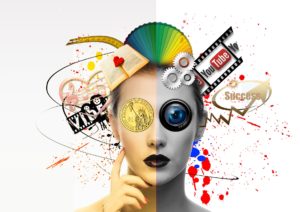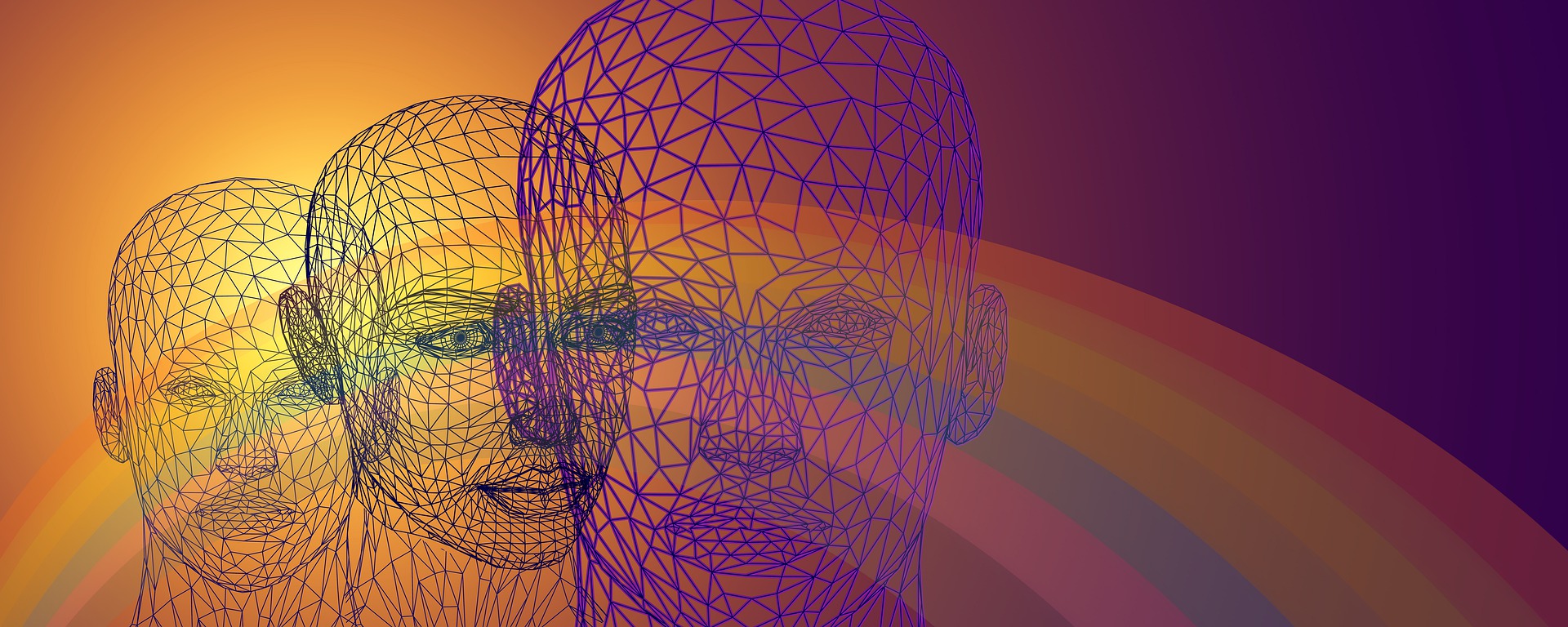
How it Works for HealthCare
I recently attended a HealthCare Design conference in New Orleans. And David Eagleman–neuroscientist, best-selling author and all around wise dude–blew me away.
David essentially connected how we use our brains creatively with healthcare design principles.

He talked all about brain plasticity–just how flexible and stretchable it is. He talked about the power of our unconscious mind. He talked about the 86 billion neurons that exist inside our brain. And how every single neuron is like it’s very own city.
What makes humans special, he says (aside from opposable thumbs and a larynx) is our creativity–our ability to think up new ideas. Here’s how we can make that happen again and again and again.
Lesson #1: Never go with first solution.

The Brain Breakdown: When faced with a problem, your brain (and the brains of your team members) jump to the first and most efficient solution out of sheer habit. It’s looking for the fastest way to get stuff done. The path of least resistance. And this can be helpful. But it’s not necessarily the right solution. The unconscious is far busier than the conscious and so we have to go deeper. And this isn’t exactly a new idea. Even Einstein asked for his people to give him seven ideas when presenting solutions. We do that through interaction with humans. Because when you have a conversation, your brain has absolutely no idea what someone is going to say next. There’s no predictability. No automatic answers. With every interaction, your brain is working harder and that’s what you want. Skeptical? In a hurry? Consider Monet. How many times did he paint lilies on the water differently? He tried yellow, then pink, then blue. He tried morning, afternoon and dusk.
How to Apply it in Real Life Healthcare: Consider how you interact with your construction or health care team. Are you involving everyone possible in the design plan? Are you socializing with every team member about the solution? Remember that includes doctors, nurses, counselors, administrative experts, electricians, community leader, executives? The right project and the right project manager are other critical factors involved. In addition, are you leveraging your team for the best they are? Are you getting the best version of them? As a coach and PM, I’ve learned that high performance teams require specific communication styles. I’ve learned to ask the same question five different ways; to wait 30 seconds for a response; to give up less easily when problem-solving.
Lesson #2: Beware of massive changes and extremes.

The Human Breakdown: Eagleman claims that humans respond best to design when presented with not necessarily a completely new look, but a comfortable tension between novelty and familiarity. A good design takes everything into account. What works. What doesn’t. What people like. What they’ve already experienced. What people think they might want, but really don’t. A good design takes all meaning into account.
How to Apply it in Real Life Healthcare: Because the future is hard to predict, many ideas fail and even good ideas become obsolete without attention and change. Look at the 1st I-Phone compared to its most recent version. As a result, we must blend scale, redesign and revitalize not with dramatic changes, but with measured, ongoing intention. Case in point: many hospitals and health care centers have gone from poorly lit, crowded, low-ceilinged spaces to 18 foot atriums with fireplaces and lavish couches. And patients may have a hard time taking this in. They are seeking to feel empowered, comfortable and in partnership with a healthcare facility. If it’s too outside their comfort zone, they’ll reject it. And yet if it’s too hum-drum, they won’t respect it. Where’s the sweet spot? Perhaps consider that not all renovations are created equal. While the walls, columns, cabinetry and chandelier will likely be around for 30 years (go conservative on that color) floor coverings, paint and chairs will probably need replaced within 5 years (let that color pop).
Our brains are creative machines. When we let the unconscious work, we can provide better spaces for health care. So don’t settle for the first idea. Resist dramatic change. Take your time. Examine all environmental factors. Relax. Play. Design and then redesign. The right answers will come with patience.

